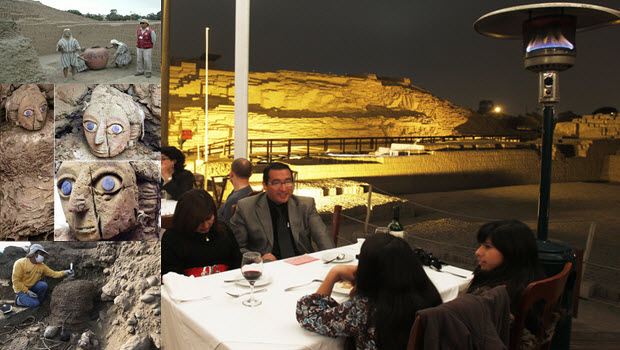
Gov’t Decree Will Open Peru’s Archaeological Sites to Private Sector Management
Peru’s government this week modified the country’s General Law of National Cultural Patrimony so that pre-Hispanic archaeological monuments can be administered by the private sector.
Prior to the publication on Tuesday of this Legislative Decree, all National Cultural Patrimony sites, including archaeological complexes, could only be administered by the state.
This modification follows years of heated debate and protests.
Proponents have argued that such a provision would bring in private sector money to develop archaeological sites into sustainable tourist attractions, as well as fund responsible restoration, scientific research and preservation.
Opponents fear private interests, particularly foreign corporations, would put profits ahead of scientific considerations, and that Peru would effectively be giving away control of its Cultural Patrimony to big business.
The modification decree was signed by President Ollanta Humala, Culture Minister Diana Alvarez-Calderón, Foreign Finance and Tourism Minister Magali Silva.
The decree stipulates that any private management agreement must include commitments to fund research, conservation and restoration of pre-Hispanic archaeological sites, while promoting their access and social use.
Private touristic development will be awarded in public bidding and project concessions will not exceed 10 years. The Ministry of Culture has three months to promulgate specific regulations.
The Ministry of Culture will have 90 days to establish a procedure for the provision, implementation and monitoring of cultural management agreements.
Congress in late 2007 passed legislation that did basically what this decree aims to accomplish. But lawmakers repealed the law just weeks later, bowing to pressure following growing opposition protests in Cusco.
The legislation was modeled on the Huaca Pucllana pyramid in Lima’s upscale Miraflores district. For the last 15 years, the Municipality of Miraflores has leased space to the Huaca Pucllana Restaurant, one of city’s finest gourmet eateries, where patrons dine just meters from the magnificently lit adobe pyramid built by the Lima culture (200-700 AD).
A portion of the restaurant’s profits are allocated to restoration and ongoing scientific research at the site, which besides being a major tourist draw, has produced some remarkable archaeological discoveries. They include a well-preserved 1,300-year-old female mummy from the first intact Huari tomb unearthed in Peru’s capital.
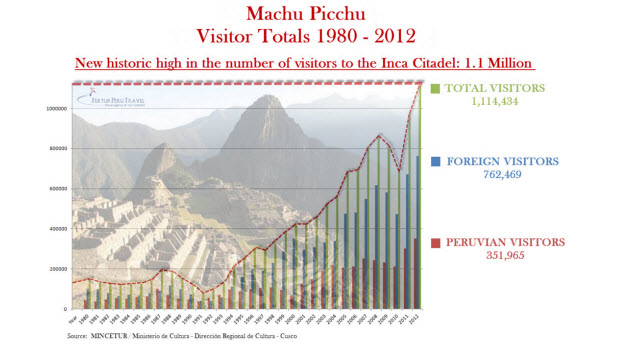 Record breaking 1.1 million tourists visited Machu Picchu in 2012
Record breaking 1.1 million tourists visited Machu Picchu in 2012 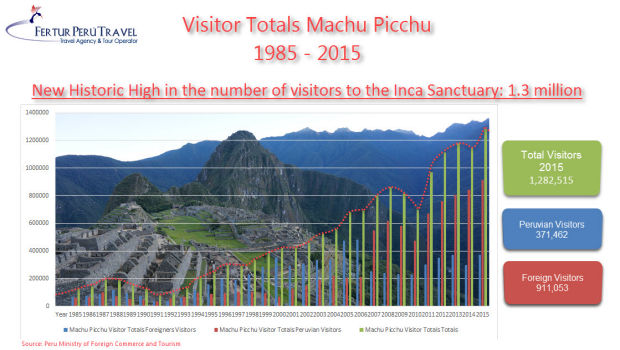 Is Machu Picchu losing its allure with record numbers flocking to the site?
Is Machu Picchu losing its allure with record numbers flocking to the site? 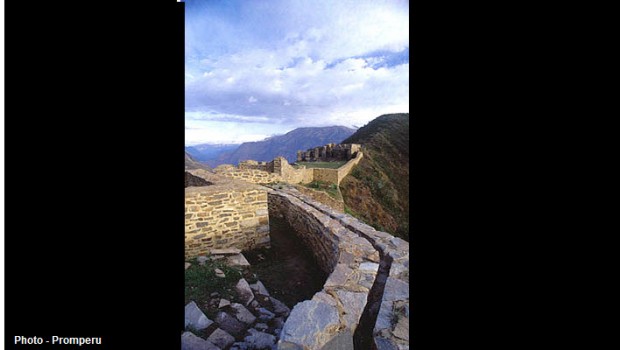 Cable Car to Choquequirao on the horizon?
Cable Car to Choquequirao on the horizon? 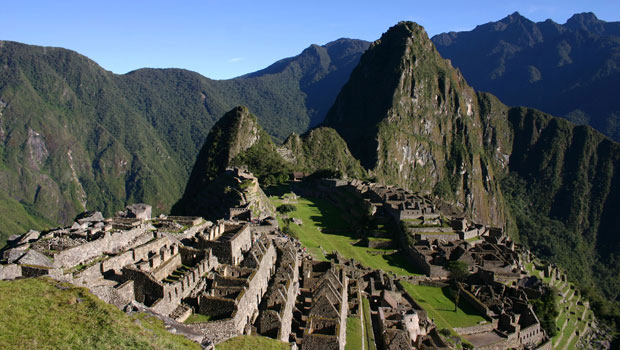 The Inca Sacred Center of Machu Picchu – a Love Letter
The Inca Sacred Center of Machu Picchu – a Love Letter 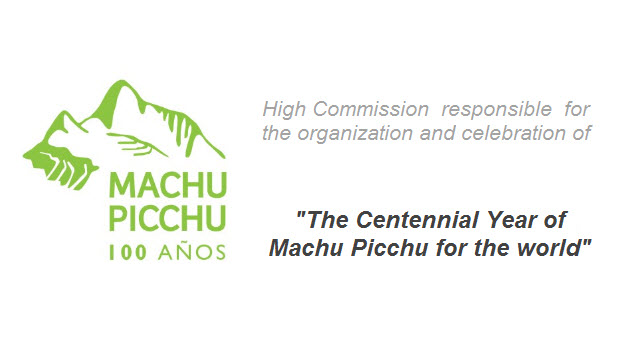 The final program for Machu Picchu 100-year anniversary celebration
The final program for Machu Picchu 100-year anniversary celebration 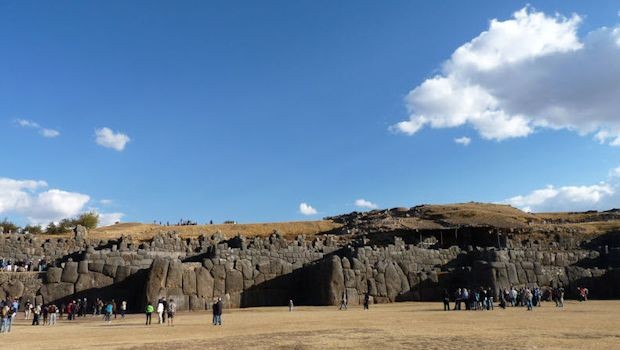 Restoring the Inca ecological balance at Sacsayhuaman
Restoring the Inca ecological balance at Sacsayhuaman 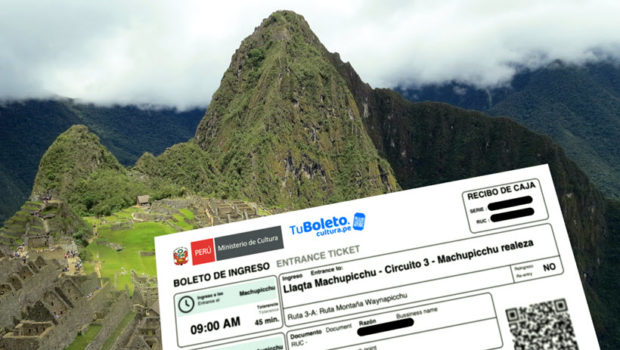 Machu Picchu New Rules in 2025
Machu Picchu New Rules in 2025